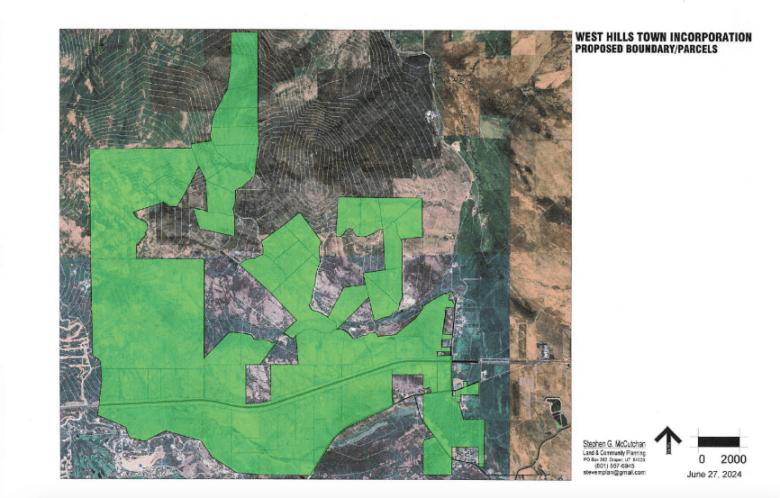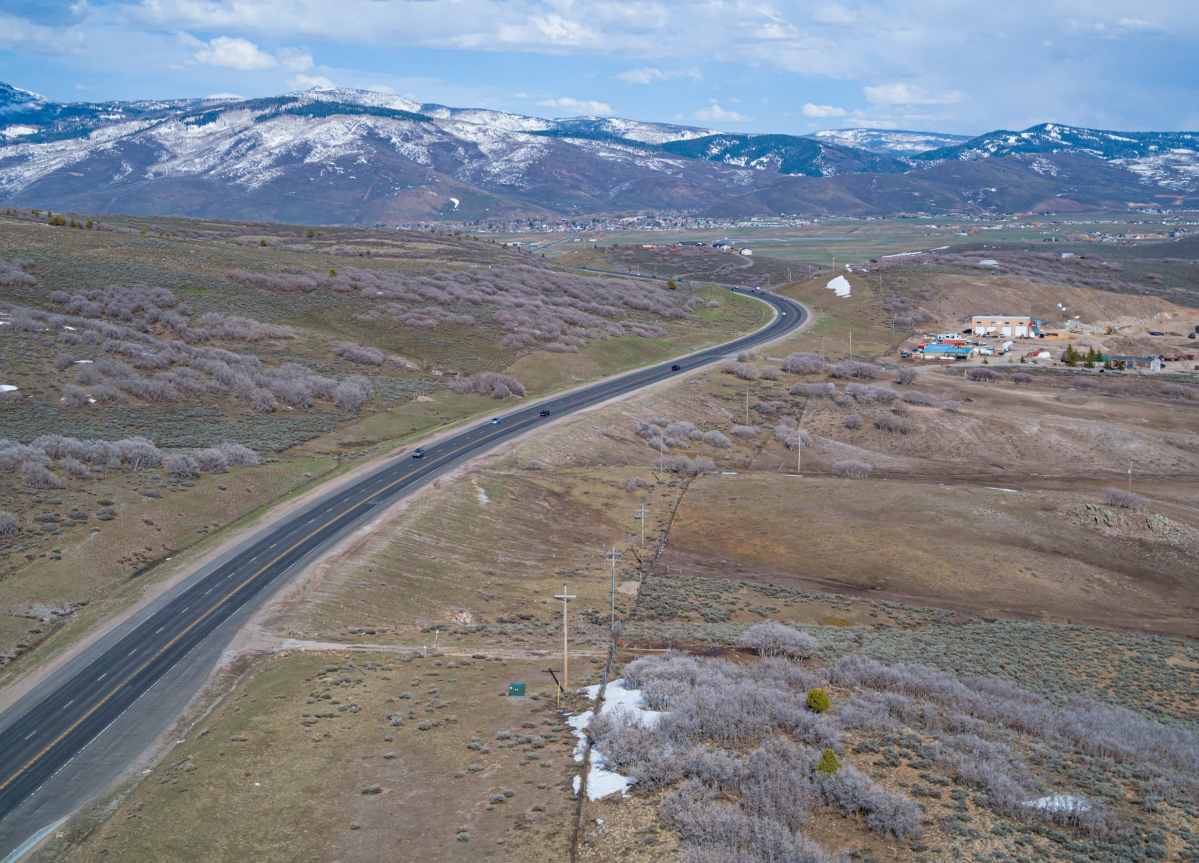Eastern Summit County voters living within the proposed West Hills boundaries will have a say in whether the new town is incorporated, but that vote won’t come until 2025.
Sponsor Derek Anderson said the effort doesn’t have enough time to clear the hurdles and make it onto the ballot this November, but the Salt Lake City-based real estate attorney will continue pursuing his plans for incorporation in the meantime.
“To qualify for next year’s election, we must finish the process by next September 2025 to get on the November 2025 ballot. In the meantime, we will continue to work with the shareholders of the area to refine the future vision of West Hills,” he said.
Anderson submitted a modified proposal for the town, which included an 80% reduction in residential and commercial density as well as additional acreage, to the Lieutenant Governor’s Office last month after he had to redraw the West Hills boundaries.
But the state said on Monday the latest request doesn’t meet the population threshold, making it impossible for the sponsor to meet the Sept. 1 deadline for a vote.
The new map estimates 40 households would live in West Hills with a population of around 99, just under the 100-person requirement. Anderson has until Nov. 10 to amend his request or the incorporation may not proceed.
The town sponsor said several landowners wanted in despite the requests for exclusion. Anderson thought the population would meet the requirement. He has been adamant West Hills has enough support to make it onto the ballot.
Yet dozens of other homeowners say they were included this time around without being asked.
“We did our best to conform to landowners’ desires as much as possible and to the extent we had correct information. There were a few owners that wanted to be included that weren’t, and a few included that may not want to be, but by and large we did our best to accommodate everyone,” Anderson said.
These individuals are prohibited from seeking exclusion under state law because they missed the window after the first public hearing. Submitting an exclusion form doesn’t guarantee the property will be omitted. Parcels that create an island are ineligible, for example. Anderson said the law does not require prior approval for a landowner to be included in the proposed boundary.
However, it would have been impossible for the town sponsor to meet the deadline anyway because of everything that’s still required for the process to advance. A new feasibility study must be conducted based on the redrawn boundaries, and another public hearing must be held.
Then West Hills will need to collect signatures from registered voters within the proposed municipality. The signatures must total at least 7% of the assessed land value and 10% of the land area, based on the value and acreage of each signer’s property, according to the state.
If the requirements are met, the incorporation is put on the ballot at the next election. Voters would be notified and an information pamphlet would be distributed. Voting is restricted to those who are registered. Not all property owners are eligible.
The majority of voters must approve the incorporation for it to proceed. Otherwise, the petition fails.

Summit County does not have authority to approve or deny the creation of a new municipality nor can it vote on the incorporation as a government entity or property owner. Officials commented on several discrepancies in the original feasibility study but they did not take a “for” or “against” approach on the incorporation.
Consultants determined late last year West Hills could be successful at its proposed location on S.R. 248 near Kamas and the Wasatch County border under the right circumstances. There was potential for the town to generate a budget surplus, but risks associated with building costs and development could create financial instability for the town.
Many community members have been hesitant to support the initiative. Residents have cited concerns about growth, development and the size of the proposal. At least 50 landowners have asked to be excluded from the original boundary, forcing Anderson to redraw the town lines.
Visit ltgovernor.utah.gov/incorporations for more information.

